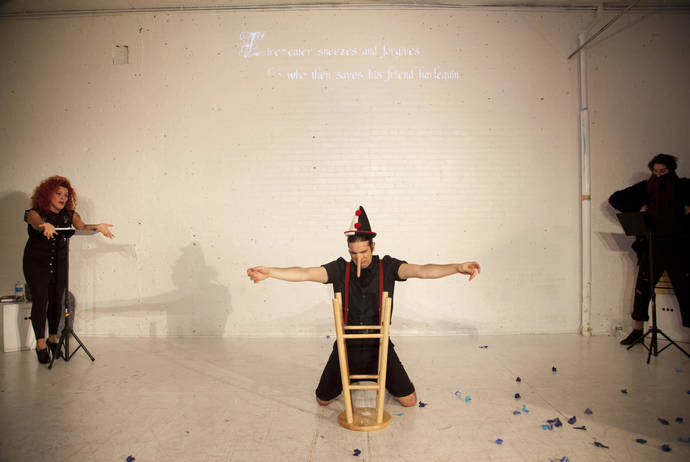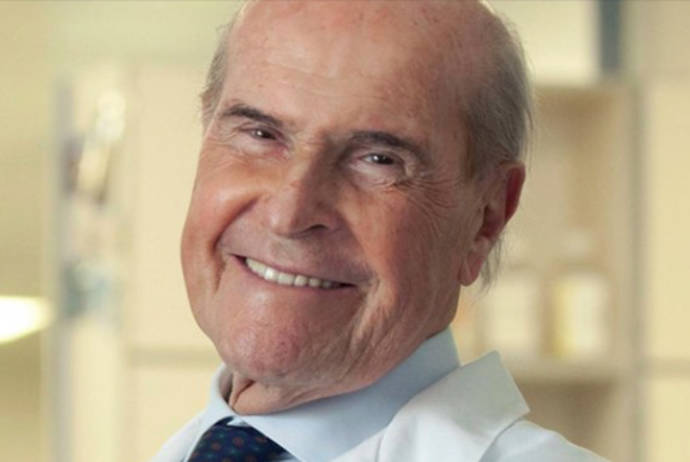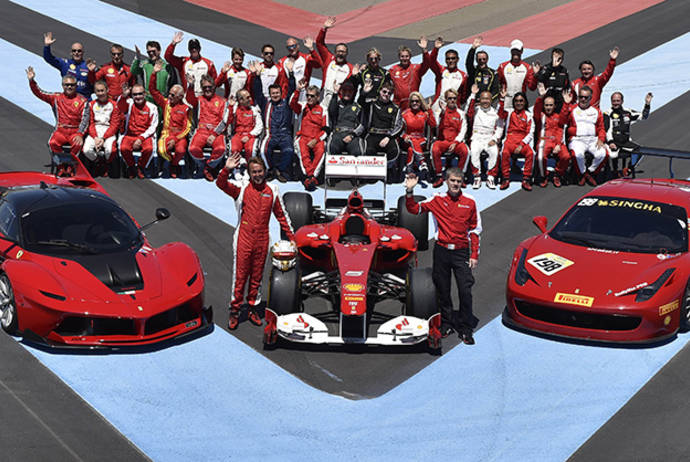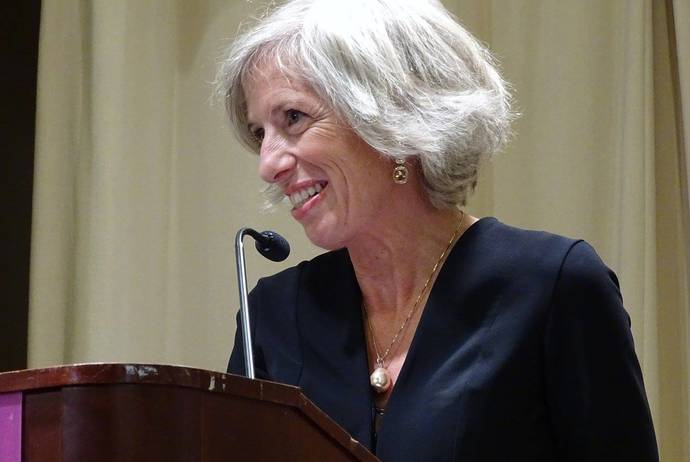Antonin Scalia was one of the most controversial Supreme Court Justices in the history of the United States. Nominated in 1986, he was also the first Italian American to serve as Associate Justice of the Supreme Court–the highest position that an Italian American has ever held in the United States government. (He was followed, and is survived by fellow Italian Justice Samuel Alito, nominated in 2005.) Whether or not one agrees with Justice Scalia’s political opinions and policies, the effect that he has had on the American judicial system and on the Italian-American community is undeniable.
Scalia as an Italian American
The day was divided into two parts with a buffet lunch in between, and it concluded with the performance of an aria from Derrick Wang’s opera Ginsburg/Scalia. The first set of speakers offered a view on the Justice as an Italian American. Others spoke about his policies and demeanor in the courthouse. The final panelists presented their views from an international perspective.
After a breakfast in the conference center, Senator Kenneth P. LaValle gave his introductory remarks about Scalia. He reminded the audience that Justice Scalia grew up during a time when there was harsh discrimination towards the Italian Americans.
His was not exactly a “typical” Italian immigrant family, however. Scalia’s father, Salvatore, who came to the US from Sicily as a teenager, enrolled at Columbia University, received a PhD, and became a professor of Romance Languages at Brooklyn College. He provided his son with the core values of hard work and conservatism, which would be cornerstones of his work as a Justice.
The first speaker, Italian-American Judge Gail Prudenti, recounted how the Justice was an inspirational figure to her. Up until the Scalia’s nomination in 1986, Prudenti said she never realized what barriers had actually existed for Italian Americans to overcome—although she did know that her predecessors had faced many more obstacles than she. Prudenti narrated a telling episode: when she first met Scalia at a Nassau County Bar Association event, she thought that he would be interested in discussing law, but once he discovered that Prudenti is an Italian American, he suddenly became more interested in talking to her about their common Italian heritage!
Then Kings County Judge John Ingram took the floor and offered his perspective as an Irish-American.
Although the Italian-American and Irish-American communities did not always have a friendly relationship, Ingram recalled, Scalia did mingle with the Irish in his own way, and he helped bridge the gap between the two cultures. The Justice attended a primarily Irish-American school, and married an Irish American wife, Maureen McCarthy. According to Ingram, Scalia used to say he was glad to have grown up with Irish Americans, to have married an Irish-American woman, and to live in a country where the Irish-Americans’ contributions have resulted in bettering American society.
When the conference reconvened after a delicious lunch, Vito De Simone spoke about his experience as court interpreter for the New York State Supreme Court. Working in that position, De Simone became very familiar with the negative perception that the American public had of Italians and Italian Americans—an issue Scalia was very sensitive to. In fact, having developed an expertise on correspondence between Italy and America, De Simone was once even questioned by the police just because of his Italian ancestry! De Simone saw Scalia as a living example of the vitality of the American Dream; he proved—contrary to then common wisdom— that Italian Americans can indeed be trusted!
Scalia as a Justice
Also part of the afternoon panel, Brian Fitzpatrick, a former law clerk of the Justice, entertained the audience about Scalia’s political philosophy. He illustrated Scalia's take on “originalism,” a principle he was largely responsible for promoting. Originalism is the belief that the Constitution’s meaning must be interpreted as it would have been at the time of its enactment. According to the Justice, following the original meaning of the Constitution means interpreting the law, while updating the Constitution to meet current opinions is tantamount to amending the law. Accordingly, he provocatively criticized the Court for its tendency to interpret the law with a modern citizen’s understanding, rather than on the basis of the writers’ original intent. As he aimed to change the public’s mind about how the law should be interpreted, he knew that being provocative was the only way he would be heard. This is why he was considered so controversial. Fitzpatrick concluded that Scalia’s attempt at changing the attitude of judges may well have been successful. In 1979, for instance, when judges were asked if they made their decisions in agreement with the Constitution or with their own conscience, a majority stated that they would follow their conscience. In 2010, when faced with a similar question, most of the judges gave the opposite response. This is exactly the change that Scalia was trying to make.
Another former law clerk, Ian Samuel, also spoke about his experiences with the Justice. Samuel discussed how Scalia liked having a “counter clerk” —that is, a law clerk that holds opposing political views than those of the judge he serves, but shares the same methodology regarding the interpretation of the law and how the law should be interpreted. Such was indeed the working relationship between Samuel and Scalia—the former being a liberal, whereas the latter was notoriously a conservative—and yet, they agreed on the originalist interpretation of the Constitution. This created a balance, which helped Scalia to avoid “making mistakes,” such as basing his decisions off his own personal values thus misinterpreting the constitution.
Scalia/Ginsburg Opera
The interesting conference closed with the performance of an aria from Derrick Wang’s opera Scalia/Ginsburg–homage to Scalia’s friendship with fellow Justice Ruth Bader Ginsburg. It is a comedic piece about the two Justices overcoming obstacles and bantering about making political decisions. The Glimmerglass Opera in Cooperstown, NY, will be staging a production of Scalia/Ginsburg in August of 2017.







































